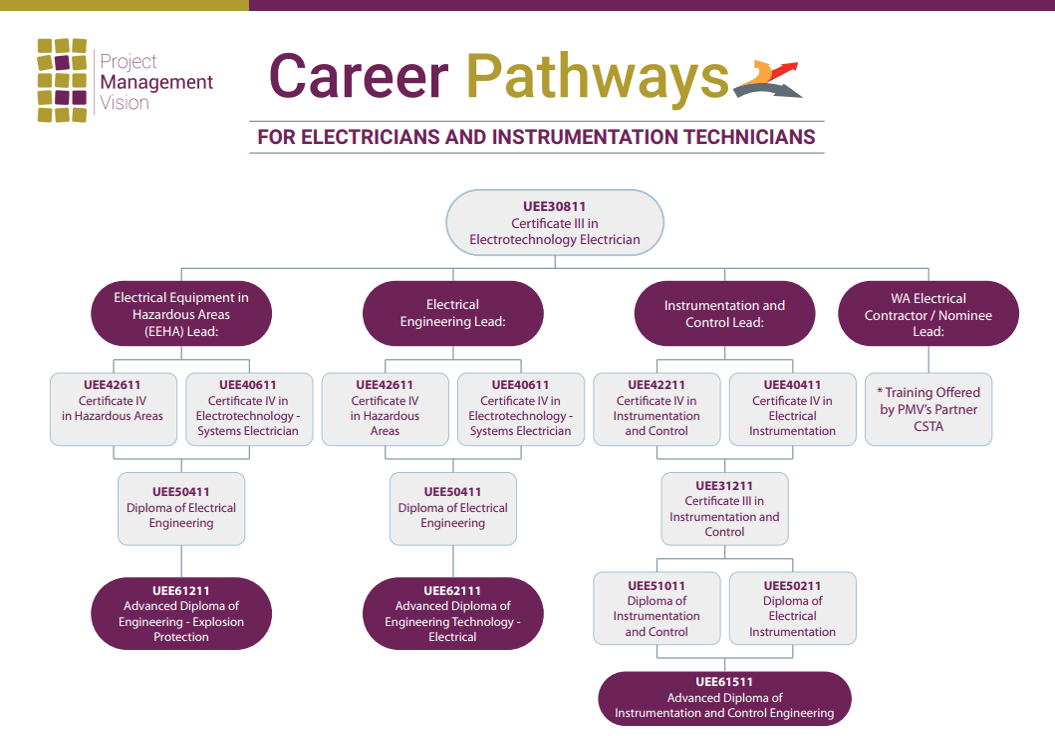The 20-Second Trick For Roar Solutions
The 20-Second Trick For Roar Solutions
Blog Article
Some Ideas on Roar Solutions You Should Know
Table of ContentsThe Ultimate Guide To Roar SolutionsEverything about Roar SolutionsSome Known Incorrect Statements About Roar Solutions
In order to safeguard installments from a potential explosion a method of evaluating and identifying a potentially unsafe area is called for. The purpose of this is to make sure the proper selection and setup of equipment to eventually stop a surge and to guarantee safety of life.
(https://www.bitchute.com/channel/JJyNq2gAk2M7)
No devices needs to be set up where the surface area temperature level of the devices is greater than the ignition temperature level of the given risk. Below are some common dirt hazardous and their minimum ignition temperature. Coal Dirt 380C 225C Polythene 420C (thaws) Methyl Cellulose 420C 320C Starch 460C 435C Flour 490C 340C Sugar 490C 460C Grain Dust 510C 300C Phenolic Material 530C > 450C Aluminium 590C > 450C PVC 700C > 450C Soot 810C 570C The possibility of the risk existing in a concentration high adequate to trigger an ignition will differ from location to location.
In order to classify this risk an installation is split right into areas of risk relying on the amount of time the unsafe exists. These areas are referred to as Areas. For gases and vapours and dirts and fibers there are three zones. Zone 0 Zone 20 A harmful environment is highly most likely to be present and may be present for extended periods of time (> 1000 hours per year) and even continually Zone 1 Area 21 A harmful atmosphere is possible but not likely to be present for extended periods of time (> 10 450 C [842 F] A classification of T6 means the minimal ignition temperature is > 85 C [185 F] Hazardous area electric equipment maybe made for usage in higher ambient temperatures. This would indicated on the ranking plate e.g. EExe II C T3 Ta + 60C( This suggests at 60C ambient T3 will certainly not be gone beyond) T1 T1, T2, T3, T4, T5, T6 T2 T2, T3, T4, T5, T6 T3 T3, T4, T5, T6 T4 T4, T5, T6 T5 T5, T6 T6 T6 A T Class rating of T1 suggests the optimum surface area temperature produced by the tool at 40 C is 450 C. Thinking the linked T Class and Temperature level score for the equipment are suitable for the location, you can always utilize an instrument with a more rigorous Department score than required for the location. There isn't a clear solution to this concern unfortunately. It really does depend on the type of devices and what repair work need to be accomplished. Tools with specific examination treatments that can not be executed in the area in order to achieve/maintain third celebration score. Need to return to the factory if it is prior to the equipment's solution. Area Repair By Authorised Personnel: Complicated testing might not be called for nevertheless specific treatments might require to be complied with in order for the equipment to preserve its third celebration rating. Authorized workers need to be employed to do the work appropriately Repair should be a like for like substitute. New component have to be thought about as a straight replacement requiring no special testing of the tools after the fixing is full. Each tool with a hazardous rating should be examined independently. These are outlined at a high level listed below, yet for even more in-depth details, please refer directly to the standards.
An Unbiased View of Roar Solutions
The tools register is an extensive data source of devices records that consists of a minimum set of areas to determine each product's place, technical specifications, Ex lover classification, age, and ecological data. The ratio of Thorough to Shut evaluations will be identified by the Devices Threat, which is analyzed based on ignition threat (the probability of a resource of ignition versus the probability of a combustible atmosphere )and the unsafe location category
( Zone 0Area 1, or 2). Applying a durable Risk-Based Evaluation( RBI )approach is essential for guaranteeing compliance and safety in managing Electric Tools in Hazardous Locations( EEHA).
Facts About Roar Solutions Revealed

In terms of explosive threat, a dangerous area is an environment in which an eruptive ambience exists (or may be expected to be existing) in quantities that call for unique precautions for the building, installment and use equipment. hazardous area electrical course. In this write-up we discover the difficulties encountered in the office, the threat control steps, and the called for competencies to work safely
It is an effect of modern life that we produce, store or manage a variety of gases or fluids that are considered combustible, and a series of dusts that are deemed flammable. These compounds can, in certain problems, create eruptive environments and these can have significant and awful consequences. The majority of us recognize with the fire triangular get rid of any kind of one of the three elements and the fire can not take place, yet what does this mean in the context of unsafe areas? When breaking this down right into its most basic terms it is basically: a mix of a particular amount of launch or leakage of a additional reading certain substance or material, blending with ambient oxygen, and the presence of a resource of ignition.
In a lot of circumstances, we can do little regarding the degrees of oxygen airborne, however we can have significant impact on resources of ignition, for instance electrical tools. Hazardous areas are documented on the dangerous area classification drawing and are identified on-site by the triangular "EX" indicator. Below, among various other vital details, areas are split into three types relying on the danger, the chance and duration that an explosive atmosphere will exist; Area 0 or 20 is regarded one of the most harmful and Area 2 or 22 is deemed the least.
Report this page